Assad’s fall complicates life for Russian mercenaries in Africa.
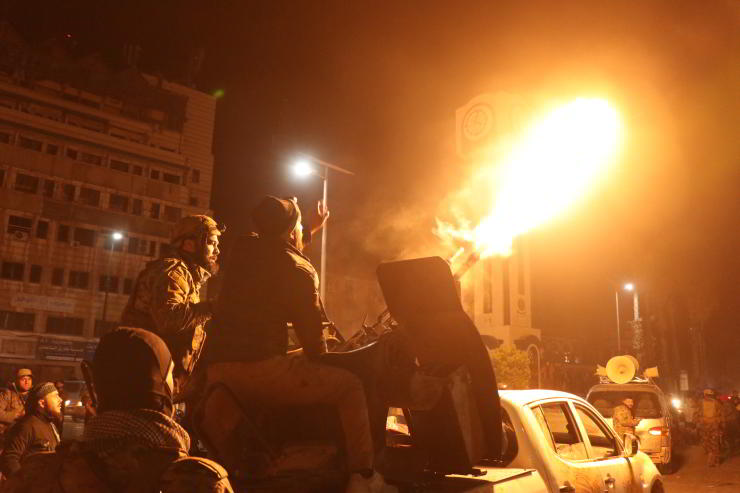
The fall of Syrian President Bashar al-Assad could weaken Moscow-backed regimes in Africa and beyond, reducing Russian influence on the continent. One consequence would be a further expansion of jihadist activities in the Sahel.
The brutal fall of Bashar al-Assad’s regime in Syria last December could make it difficult for Russia to maintain its military presence in Africa, warns Nina Wilen, director of the Africa programme at the Brussels-based Egmont Institute, a think-tank linked to the Belgian foreign ministry. In an interview with La Libre Belgique, she points out that the Tartus naval base and the Hemeimeem airbase near Latakia were essential logistical hubs for the supply of arms and ammunition to the Russian mercenaries of the Wagner group, recently renamed the Africa Corps, based in Libya, the Sahel, the Central African Republic and Sudan.
The consequences could also be felt in Equatorial Guinea, where Russia sent 200 soldiers to the capital Malabo after a meeting between President Vladimir Putin and President Teodoro Obiang Nguema in the Kremlin in September 2024. The soldiers, part of the Africa Corps, are to train the presidential guard in return for gas and mineral exploration deals with Russia and Belarus.
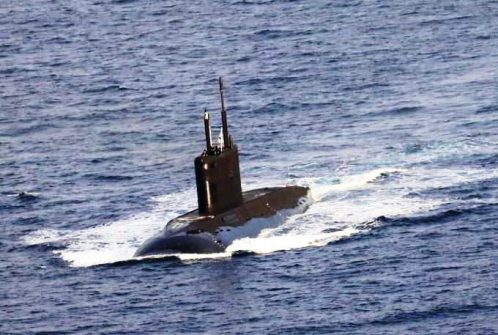
Russian submarine “Novorossiysk” leaving the Mediterranean Sea. Photographed by the Portuguese Navy.
According to Anton Mardasov, a military expert at the Russian International Affairs Council, satellite images from the US Africa Command (AFRICOM) showed that in 2020 Mig-29 fighter jets spotted at the Jufra airbase in Libya passed through Hemeimeem. This Syrian hub has also been used to transport Syrian fighters recruited by the Russians and al Assad for Haftar. Other Russian aircraft used this base to fly to Benghazi and al-Watiya in eastern Libya, in the area controlled by Marshal Khalifa Haftar, who is backed by the Kremlin.
Satellite images from Colorado-based Maxar Technologies, whose clients include the US Department of Defence and NASA, show that by 9 December the Russian navy had evacuated the port of Tartus, its only naval base in the Mediterranean.
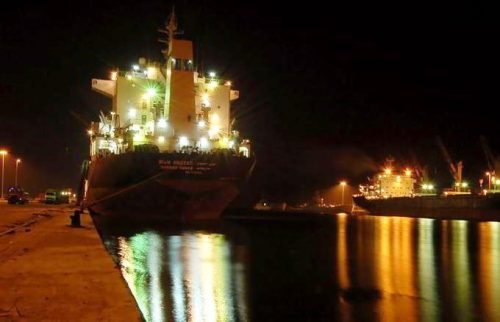
The port at Tartus. CC BY 2.0/Taras Kalapun
The massive Israeli attacks on Syrian targets that followed Assad’s departure for Moscow on 7 December, because they destroyed the Syrian military infrastructure and facilities and the defeat of the regime of Russia’s ally, do not bode well for the return of Russian troops, aircraft and naval ships to the country shortly.
Indeed, the Israel Defense Forces (Tsahal) carried out more than 350 airstrikes on weapons production facilities, anti-aircraft batteries and airfields in Damascus, Homs, Tartus, Latakia and Palmyra with the aim of “destroying strategic capabilities that threaten the State of Israel”.
The strikes were very violent. One strike in the coastal city of Tartous was registered by a Turkish scientist as the equivalent of a category 3 earthquake on the Richter scale, according to the Syrian Observatory for Human Rights.
New Russian Bases
The question now is how Moscow will be able to supply its African bases in the future. Russia faces several challenges. The shortest sea route through the Bosphorus Strait is closed because of the war in Ukraine. Russian aircraft will now have to bypass Iraqi and Turkish airspace and fly over Iran and Saudi Arabia, making Moscow’s support for African regimes more costly.
But there are other options. According to the Washington-based Institute for the Study of War, Russia, which has 1,800 fighters in eastern Libya, could consider opening a new base there. However, this project would require the creation of new infrastructure facilities.
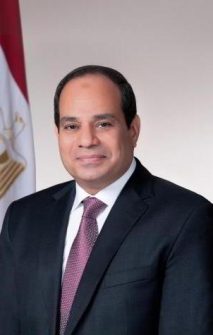
Egyptian President Abdel Fattah El-Sisi. Russia is benefiting from an air base near the Egyptian port of Sidi Barrani.CC BY 4.0/Pres.Office
According to French defence experts, Moscow has been discussing the option of a naval facility in the port of Benghazi for the past year. Another possibility is the establishment of a military base in neighbouring Egypt, which would allow Russia to maintain a presence in Libya and sub-Saharan Africa. Discussions on such a project with President Abdel Fattah al-Sisi have been ongoing since 2013. Some steps have already been taken: Russia is already discreetly benefiting from an air base near the Egyptian port of Sidi Barrani, which it uses as a logistical hub to supply Africa Corps fighters and camps in Libya, according to the Al-Mashareq newspaper. In addition, Russia can count on important elements to obtain further facilities. Indeed, Russia, whose state-owned company Rosatom is investing up to $20 billion in the construction of the Daba’a nuclear power plant north of Cairo, is an important strategic partner for Egypt. The two countries also held joint military manoeuvres in November 2019. Moreover, Russia’s decision in April 2024 to switch sides and no longer support the Rapid Support Forces, but rather Lt. Gen. Abdel Fatath al-Burhan’s Sudanese Armed Forces, could unblock the project to establish a naval base in Port Sudan on the Red Sea, which has been blocked since 2019.
Whatever the final option, Russia’s presence in Africa is likely to be less comfortable than before the fall of Assad in a context where French troops are withdrawing from the Sahel. On 20 December, the Chadian government ordered French troops to leave the country by the end of January. In December, French troops began withdrawing and evacuating Mirage fighter jets from the Adji Kossei airbase.
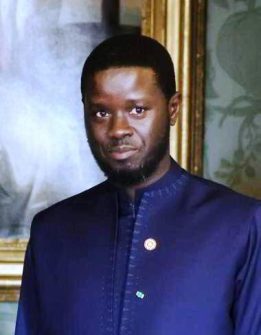
Senegalese President Bashir Jomay Faye said: “The French military presence does not correspond to his concept of sovereignty and independence”. CC BY 4.0/EU
The French are also leaving Senegal. In an interview with the Paris daily Le Monde on 28 November 2024, Senegalese President Bassirou Diomaye Faye said that the French military presence did not correspond to his concept of sovereignty and independence. Senegal later announced that the withdrawal of French troops would be completed by the end of 2025.
In his year-end address, Ivory Coast’s president, Alassane Ouattara, also announced the withdrawal of French troops from the Port Bouet barracks near Abidjan’s international airport by the end of January. The US also completed the withdrawal of its 1,100 military personnel from Niger, where it operated two air bases, by mid-September 2024.
In such a context of French and American withdrawal from the region, if Moscow finds it difficult to maintain its capacity to support the Sahelian regimes, the risk increases that pro-independence Tuareg movements or jihadist groups will gain the upper hand.
Indeed, the Russian navy and air force have been forced to leave Syria at a time when jihadist attacks are increasingly undermining stability in the Sahel. According to Armed Conflict Location and Event Data, a research organisation that collects information on political violence, the number of deaths in the Alliance of Sahelian States (which includes Mali, Burkina Faso and Niger) reached a record high of 7,620 in the first half of 2024, twice as many as in the same period in 2021. And the trend continued for the rest of the year.
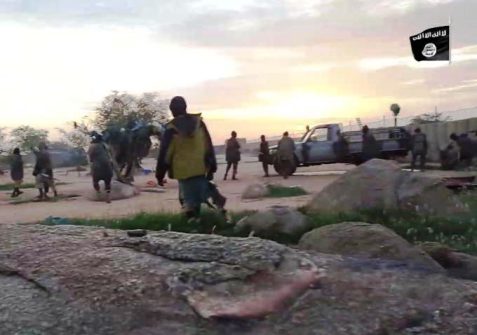
Jihadist group in the Sahel. CC BY-SA 4.0/aharan_kotogo
Al-Qaeda affiliate Jama’at Nusrat al-Islam wal-Muslimin (JNIM) killed around 200 people in Barsalogho, Burkina Faso, on 24 August.
On 17 September, JNIM also attacked a police academy and the international airport in Bamako, Mali, killing many people. At least seven military personnel from the Africa Corps died in clashes with JNIM in central Mali on 22 November.
By the end of 2024, the situation in the Menaka, Liptako Gourma, Timbuktu, Kidal and Gao regions of Mali was dramatic, with clashes between the army and rebel groups intensifying, causing population displacement and the destruction of crops. In Mali alone, more than 7 million people will need humanitarian assistance, according to the UN. It is clear that despite the deployment of Wagner and his successors, the security situation in the Sahel has continued to deteriorate. Should the Russian presence in the region be reduced, there is also a growing risk that Sahel-based jihadist groups will expand their activities into West African coastal states.
François Misser



